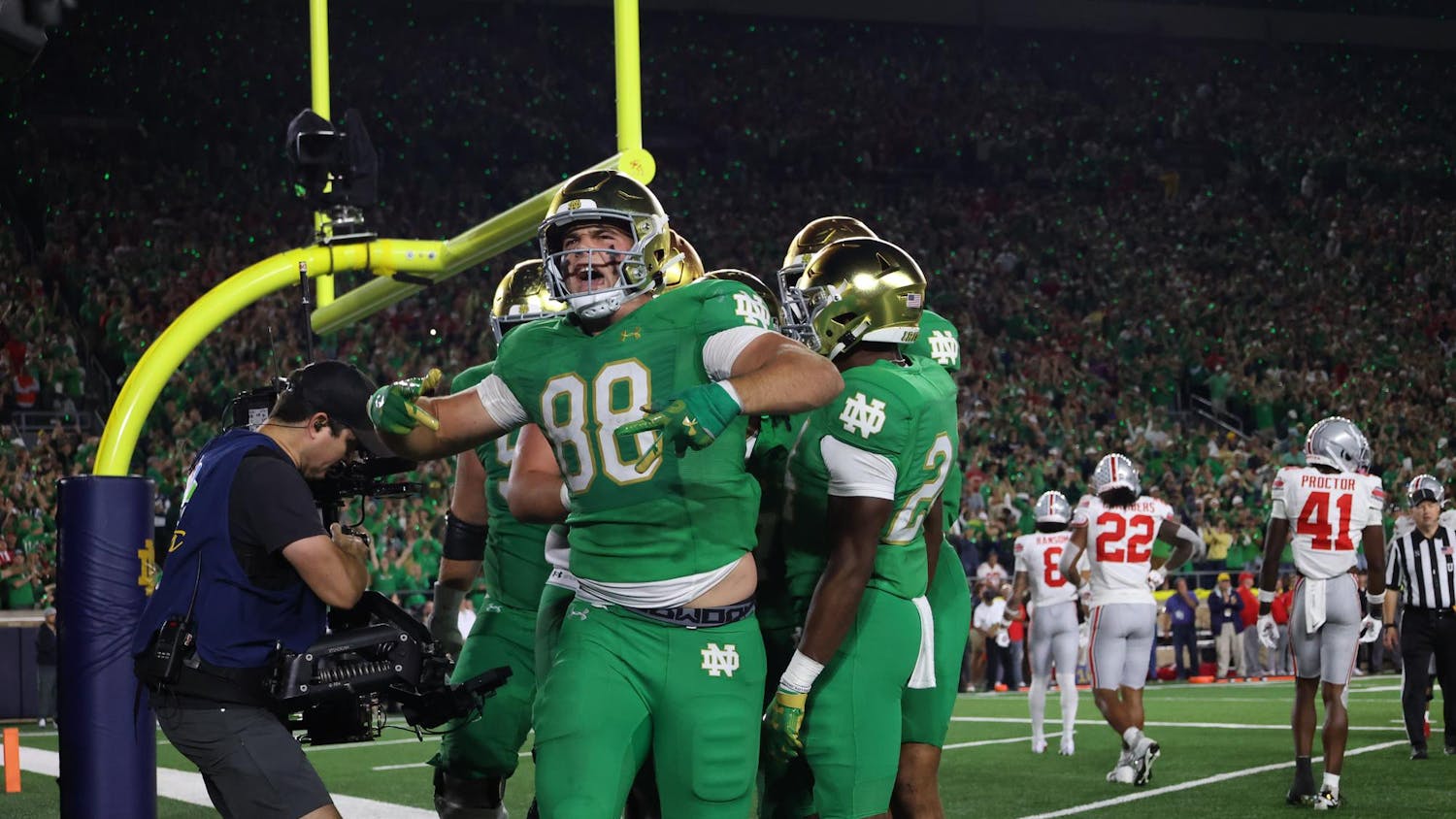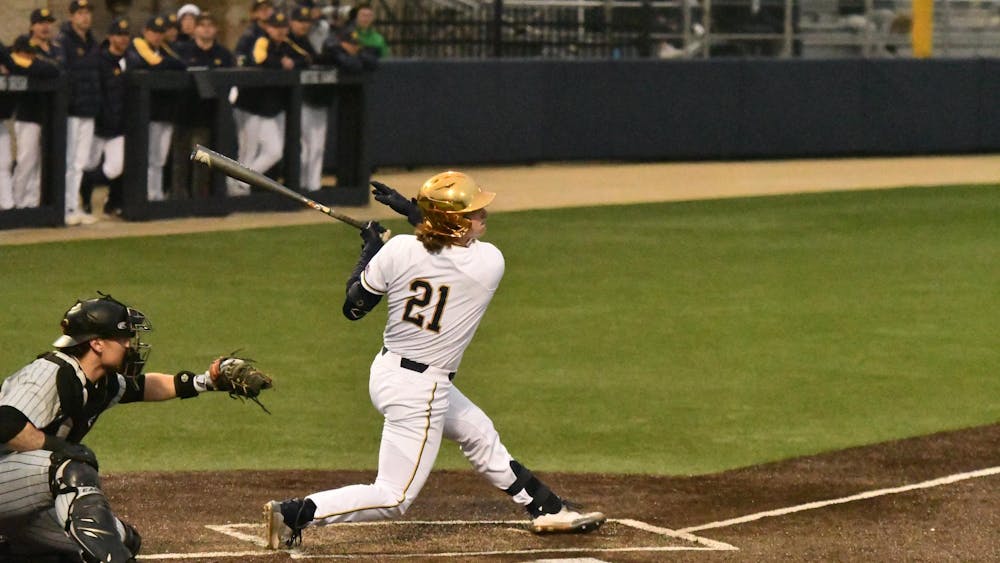At this point, it’s become a tradition.
The first week in March of every year, I watch the same movie. As a young kid, I watched it at home, unaware of the complexity of the underlying plot. In junior high, our principal made sure to play it in the lunchroom during the week of the county tournament. And now in college, I’ll sit down in my dorm room Tuesday, turn the lights down and enjoy my favorite film.
As any good Indiana boy should answer, the movie is “Hoosiers.” There is, however, a real-life story that parallels fictional Hickory High’s 1952 title.
You see, in 1954, 161-student Milan High School blitzed through Indiana’s all-comers, single-class state tournament to down 1,662-student powerhouse Muncie Central 32-30 in the state final when Bobby Plump — the real-life version of Jimmy Chitwood — sunk the winning shot in the closing seconds to power the single greatest result in my home state’s legendary high school basketball tradition.
But while those Milan Indians inspired generations of small-school athletes until Indiana finally shifted to class basketball in the late 1990s, a still-controversial decision nearly 20 years later, the team that won the title a year later may well have been more influential in the landscape of Indiana high school hoops.
The story of that team goes back to the 1920s, when Indianapolis opened Crispus Attucks High School, the first all-black high school in the city. While the original mission of Attucks was to create a high school to get African-American students out of the city’s other public high schools, it grew into a school that thrived due to the segregation of the era — the school arguably had the best teachers of any in the state, with its black Masters- and PhD-holding faculty not being able to teach at the university level.
Sports, however, weren’t a strong focus at Crispus Attucks. The school was built with a gym of just 800 seats, incredibly small by Indiana standards and smaller than the student population, and was denied membership in the Indiana High School Athletic Association for years.
By the time head coach Ray Crowe ended his seven-year stint at Crispus Attucks however, basketball would become what the school was known for. After making deep runs in 1953 and 1954, only to be blocked by officiating and the aforementioned Milan team, Oscar Robertson and his Attucks team broke through, becoming the first all-black team in the country to win a state championship.
While Milan won its state title 32-30 behind a probing, methodical style, the “Flying Tigers” won theirs in a completely different one, putting up 97 points in the state title game, a record high that stands to this day. It was a historic win, one that changed the face of basketball in Indiana for years to come.
But unlike the dozens of champions that had come before it, Crispus Attucks didn’t get to properly celebrate its title in its home city, despite remarkably being the first team from Indianapolis in the 45-year history of the tournament to win it. While previous champions got to enjoy a celebration at Monument Circle, the central meeting spot in Indiana’s capital, the Attucks team was sent to a park for a bonfire.
It was a stark reminder of what Attucks had to face in the 1950s. And a story that a 700-word column can’t come close to properly telling.
And like they do every March in Indiana, the historic wins of Milan and Attucks, forever intertwined with each other, return to the forefront. While Milan won one for all the other small schools that never had the chance, Attucks blazed a trail, opening up the promised land for African-American athletes statewide.
Milan is the beautiful, Hollywood-ready story that’s about a classic underdog, a tightly-knit rural community. That's easy to portray. There’s nothing particularly nasty or difficult about it.
Yet, although Attucks was just as deserving of a Hollywood film as Milan, they didn’t get it. A coming documentary, “The School That Opened a City,” will have to suffice.
Our beloved state tournament starts once more Tuesday, where action will open at 64 sites around the state. And across it, we’ll remember the legends that made it what it is — including Robertson, Crowe and their Attucks team that changed everything in Indiana.













